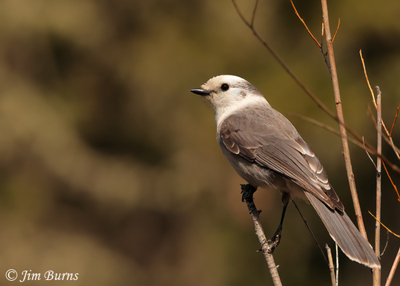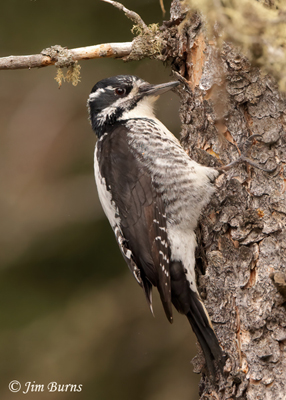Yellowstone Wrap
“You Can’t Always Get What You Want”
Our adventure was planned around the thought that spring is a fun time to visit the “American Serengeti” because that’s when the park’s mammals emerge from snow and hibernation with babies of the year in tow. To say the least, we were not disappointed. From a mammal viewing perspective, it’s hard to imagine how it could have been better, but since this is a birding column I won’t regale you with the specifics of seeing Grizzly Bear cubs nursing, baby Bison cavorting with one another, or the Red Fox we watched stalk and capture a ground squirrel it then carried off to kits in their den.
To refresh your memory, my target birds were Ruffed Grouse, Canada Jay, Golden Eagle, Great Gray Owl, and Pine Grosbeak, in that order of their importance for adding to my photo files. As I mentioned in my previous column, no one would travel to Yellowstone just for the birds but, ever the optimist, I guessed I would see and photograph three of the five, for sure my nemesis, Ruffed Grouse, the most common of the five in the park. If you’re keeping score, we saw only one of the five and nary a Ruffed Grouse! Bummer, but did I mention mammal sightings were incredible?
The two major issues with birding in Yellowstone were well known to us from previous trips--dense timber and bears. Four of my targets were birds of the forest or forest edges, and the best way to see them is to hike the trails. Here are three facts about Yellowstone bears, both Grizzly and Black: they use the trails for the same reason hikers do—ease of travel; nobody hikes there without bear spray; there has never been a Grizzly attack on a party of three or more.
Here’s a fact about our species. As we get older we become more risk averse. We only took a couple hikes (with bear spray) of any length away from our vehicle. And we were having so much success just driving the roads for mammals, it was hard to justify risking our lives for birds that weren’t lifers. The one target bird we saw was Canada Jay. One day as we ate a roadside picnic lunch, a pair of these “camp robbers” found us, and though the photo ops were good, they did not get away with any of our food.
Some of the good birds we saw were noteworthy either because they were so expected or so unexpected. Playing the license plate game as we always do on road trips, we noticed new Montana plates featured a male Mountain Bluebird, a species we had not seen before in the park. Sure enough, we found these beautiful, ethereal thrushes outcompeting the tree swallows for the nesting cavities in the dead Lodgepole Pines lining the boardwalk at one of the geyser basins. And Brown-headed Cowbirds, true to their name, were often seen gleaning ticks and moths atop the wooly humps of Bison in the countless herds we encountered in the many “buffalo jams.”
The two most unexpected species we saw were Dusky Grouse, a female feeding on vegetation along the side of a road, and an American Three-toed Woodpecker, also a female, flaking pine bark at the Canada Jay site. The grouse brought me to a screeching halt because I first assumed it must at last be the long sought Ruffed. The woodpecker was somewhat unexpected because we were not in a burn area. Serendipitously, back home I discovered all the several Three-toeds in my files were males. It was my first female image. What was the rest of Jagger’s chorus?
Our plan is to visit Yellowstone again in autumn of 2024. We look forward to fall colors, ungulates with antlers and horns for the rutting season, and a local guide who regularly sees Great Gray Owls and Ruffed Grouse that time of year hunting and foraging along the power line corridors in the park. The bears use these too, but the guide would make us a hiking party of three. What could go wrong?
